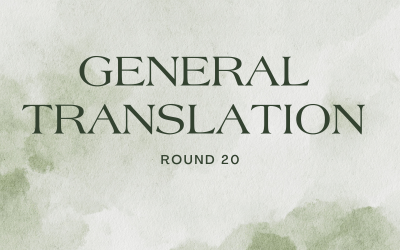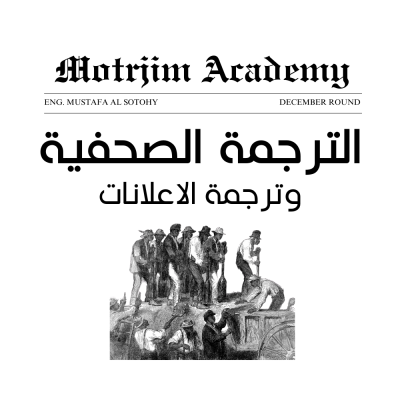General Translation Course R20
Bridging Worlds: A General Course in English <> Arabic Translation A comprehensive new course offers to equip aspiring translators with the essential skills and knowledge to navigate the nuances of English and Arabic translation. Designed for individuals with a strong command of both languages, this program provides a foundational understanding of translation theory and practice,
English
Last updated
Mon, 23-Jun-2025














